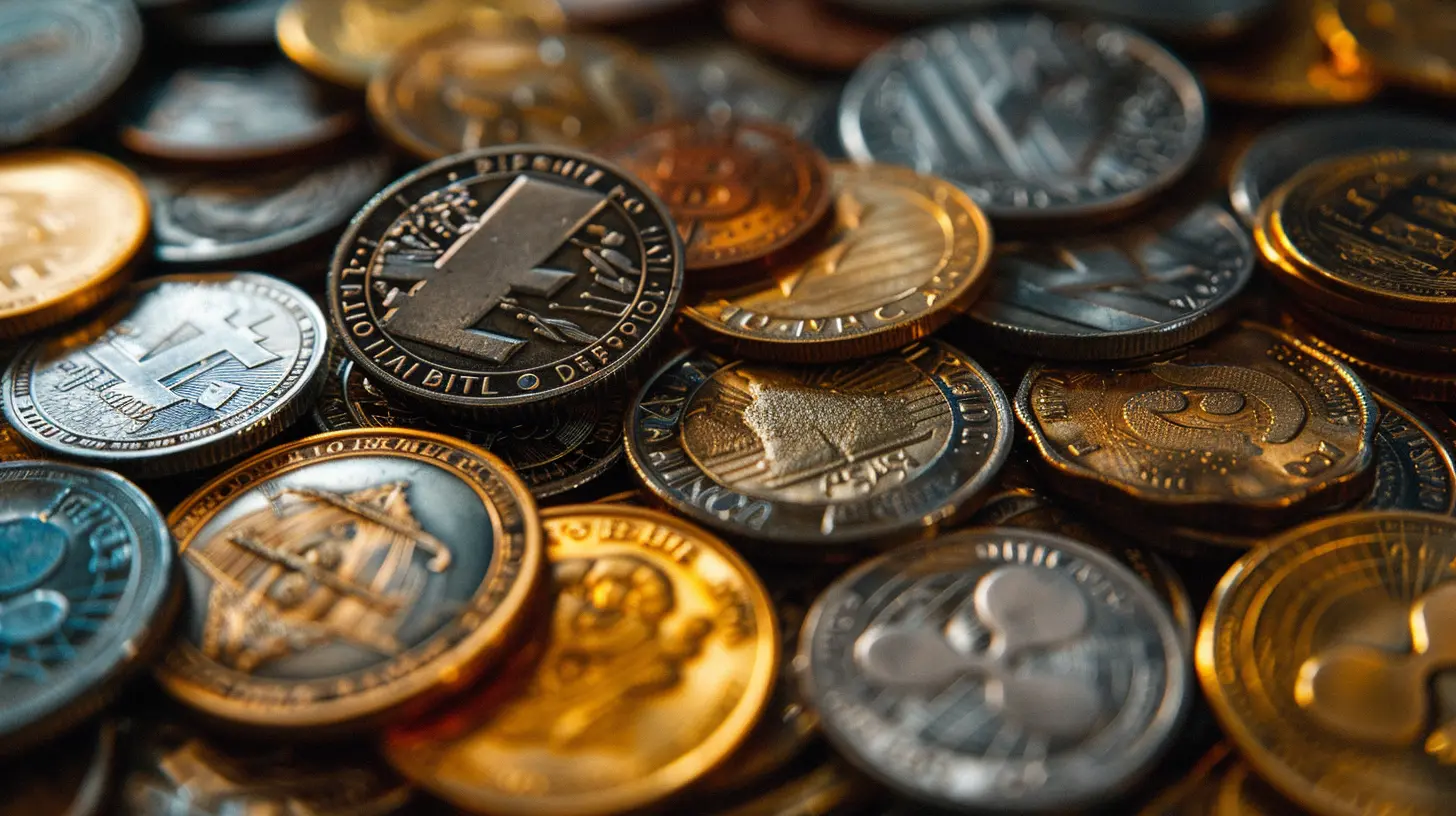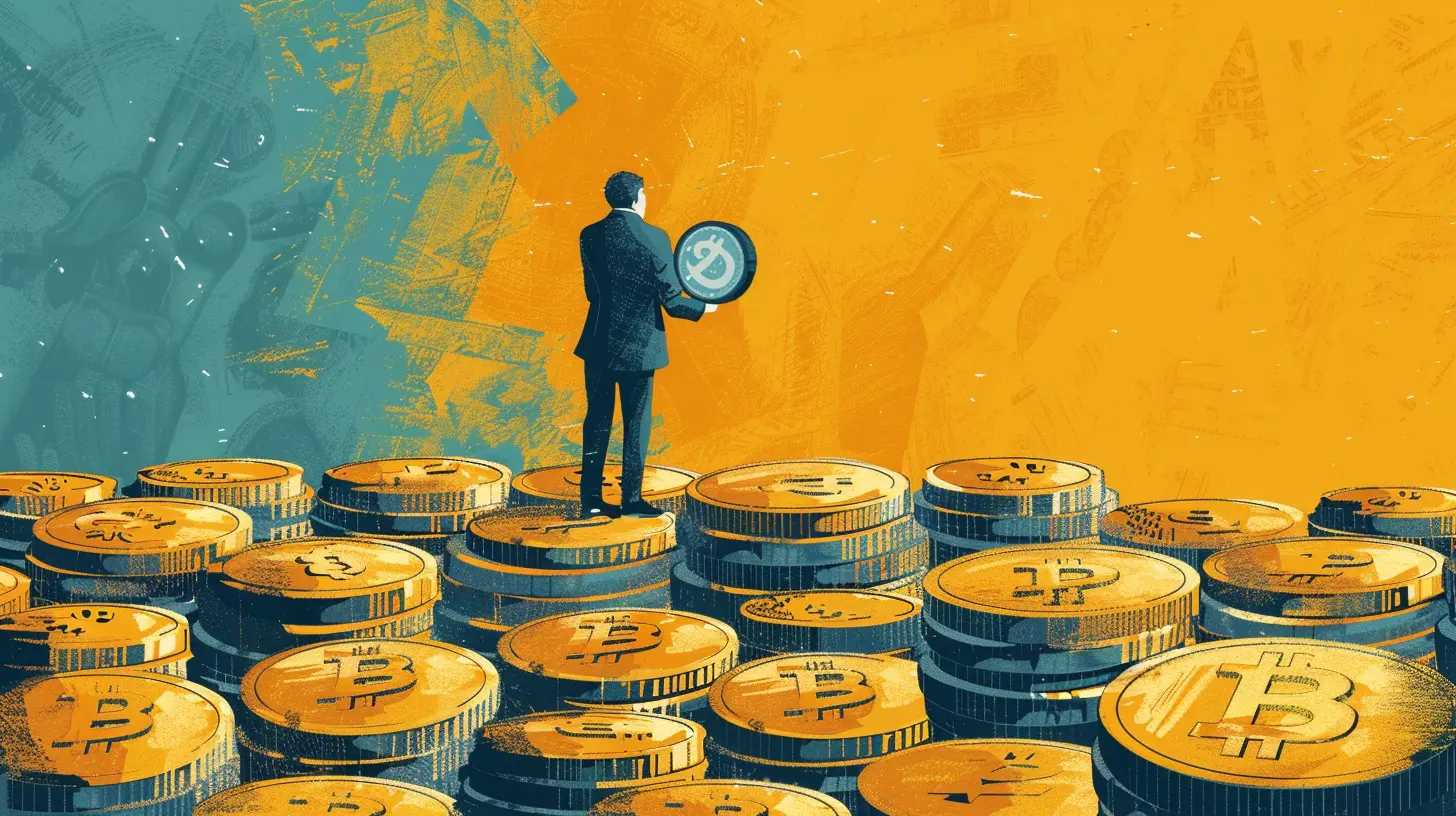How to Evaluate Cryptocurrency Projects Before Investing
29 June 2025
Cryptocurrency is exciting, isn’t it? The potential to make impressive gains, the innovation, and the promise of financial freedom. But let’s be real: it’s also risky. So before you throw your hard-earned cash into the next Bitcoin or a shiny new altcoin, you’ve gotta know what you’re getting into.
You might be asking, “How do I even begin evaluating a cryptocurrency project?”
Well, I’ve got your back. In this in-depth guide, I’ll walk you through how to evaluate cryptocurrency projects before investing. Don’t worry — no confusing jargon, no fluff. Just practical advice, clear steps, and a little bit of tough love to help you avoid getting burned.
Why Evaluation Matters
Let’s clear the air on something: investing in crypto isn't a guaranteed win. For every success story, there are thousands of people who lost money because they didn’t do their homework. In a world full of scams, pump-and-dumps, and flashy whitepapers, due diligence is your best friend.Imagine buying a car. Would you hand over thousands of dollars without checking the engine, the mileage, or even if it runs? Of course not. Crypto works the same way. You’ve got to pop the hood and take a good look inside.
1. Understand the Problem the Project Solves
Every good crypto project starts with a problem. Ask yourself: What real-world issue does this coin or token aim to solve?If it's just a generic “decentralized platform” or another “fast transactions” coin, raise an eyebrow. You want something unique and necessary.
🚀 Pro Tip:
If you can’t explain the problem and solution in plain English to a friend, the project might be too complicated for its own good — or worse, just smoke and mirrors.
2. Analyze the Whitepaper (Without Falling Asleep)
A whitepaper is like a business plan. It should explain the project's vision, technology, roadmap, tokenomics, and more. Yes, they can be long and boring, but they're crucial.What to Look For:
- Clarity: Is it easy to understand?- Honesty: Do they acknowledge risks and competition?
- Details: Are token allocations, supply limits, and use-cases clearly defined?
- Technology: Do they explain how the tech works?
- Realistic Roadmap: Are the goals actually achievable, or just buzzwords?
If it feels like it's trying too hard to impress you with technical terms, that’s a red flag. Complex doesn't always mean better.
3. Research the Team Behind the Project
A great idea needs a great team to bring it to life. No matter how revolutionary the pitch sounds, it’s the people behind it who make or break a project.Look for:
- Backgrounds: What have they done before? Any relevant experience?- LinkedIn profiles: Are they real people?
- Transparency: Are they public, or hiding behind usernames?
- Advisors: Are credible individuals backing the project?
A strong, transparent team with a solid track record speaks volumes. If they're ghosts online, that's your cue to walk away.
4. Check Community and Social Media Presence
The vibe around a project is telling. A strong, active community is a sign of genuine interest.Where to Look:
- Reddit and Twitter: Are people asking real questions or just hyping prices?- Telegram or Discord: Is the team actively engaging with the community?
- YouTube or Podcasts: Are there discussions and reviews by independent crypto influencers?
If everything smells like a hype machine or seems too “marketing-heavy,” beware. Good projects educate, explain, and converse — they don’t just shout “moon!”
5. Understand the Tokenomics
Let’s talk money. Or more precisely, how the token works within the project (aka, tokenomics). This is where many investors go wrong.Questions to Ask:
- Total Supply: Is it capped? Unlimited supply means potential inflation.- Utility: What’s the token actually used for?
- Incentives: Are there staking rewards? Is holding the token rewarding?
- Distribution: Who owns the tokens? If the team or a few whales hold most of it, the price can be easily manipulated.
- Burning Mechanisms: Are tokens periodically burned to reduce supply?
Bad tokenomics can sink even the most innovative projects. Make sure everything aligns with long-term value, not just short-term hype.
6. Watch Out for Red Flags
Crypto projects can be minefields. Some are dressed up nicely, but scratch the surface and… yikes.Common Red Flags:
- Shady Whitepapers: Vague promises and no real plan.- Anonymous Teams: No transparency or accountability.
- Guaranteed Returns: If it sounds too good to be true — it always is.
- Aggressive Marketing: If there’s more talk about profits than utility, run.
- Lack of Audits: No third-party reviews of smart contracts? Huge risk.
Trust your instincts. If something seems off, it probably is.
7. Evaluate Market Position and Competition
You’re not investing in a vacuum. Look around. How does this project compare to others in the same space?Consider:
- Market Cap: Is it already overvalued?- Innovation: Is it doing something different or just copying others?
- Partners and Collaborations: Who’s backing the project?
- Adoption: Are people actually using it?
You don’t want to back a horse in a race it can never win. Look for an edge.
8. Review the Roadmap and Progress
Talk is cheap. Has the project actually delivered anything yet?Some signs of legitimacy:
- Working product: Beta versions, MVPs (Minimum Viable Product), or testnets?
- GitHub activity: Are developers actually building or is the repo gathering dust?
- Timely updates: Are they meeting roadmap deadlines?
Ideas are great, but execution is everything.
9. Examine Legal and Regulatory Compliance
Crypto is still the Wild West — but some rules do apply.Make Sure:
- They're not violating securities laws.- They’re compliant in multiple countries, especially if they plan to operate globally.
- They’ve taken steps to protect investors (e.g., KYC/AML procedures for token sales).
A project that ignores regulation might face shutdowns, fines, or worse. That could wreck your investment overnight.
10. Decide: Is This a Short-Term Play or Long-Term Hold?
This is where your investment strategy comes into play.- If it’s a short-term trade, look at hype, momentum, liquidity, and volatility.
- If it’s a long-term investment, focus on fundamentals, vision, utility, and sustainability.
Don't just follow the crowd. Know your goals and plan accordingly.
Final Thoughts: Take Your Time, Be Smart
Let’s face it — the crypto space is intense. It moves fast, it’s noisy, and almost everyone sounds really confident (even when they’ve got no clue). That’s why it’s so important to approach it with curiosity, caution, and clarity.Here’s the truth: you’re not late to the crypto party. It's still evolving. So take your time, do your homework, and don’t let FOMO (Fear of Missing Out) cloud your judgment.
💡 Remember: smart investing is less about guessing future prices, and more about understanding value.
Recap Checklist: How to Evaluate a Crypto Project
Before you invest, ask yourself:✅ What problem does the project solve?
✅ Is the whitepaper clear and comprehensive?
✅ Who's behind the project, and are they credible?
✅ Is there a community, or just hype?
✅ How solid is the tokenomics?
✅ Any red flags?
✅ How does it stack up against competitors?
✅ Are they making real progress?
✅ Are they playing by the legal rules?
✅ What's your investment strategy?
If you can confidently answer these questions, you're light-years ahead of most investors.
Final Word
There's no crystal ball in crypto. But there’s common sense, research, and a little bit of gut instinct. Trust them. Getting rich overnight is a myth — but avoiding mistakes and making smart decisions? That’s real power.Take control of your crypto journey, one smart evaluation at a time. You’re not just investing in coins. You’re investing in possibility.
all images in this post were generated using AI tools
Category:
CryptocurrencyAuthor:

Zavier Larsen
Discussion
rate this article
2 comments
McGinn
Empower your future by researching wisely—smart investments lead to financial freedom!
November 9, 2025 at 12:46 PM
Nellie Malone
Great insights! Thorough evaluation is crucial in the volatile crypto market. Thanks for sharing these valuable tips!
July 12, 2025 at 3:53 AM

Zavier Larsen
Thank you! I’m glad you found the tips useful. Thorough evaluation is definitely key in navigating the crypto market.


